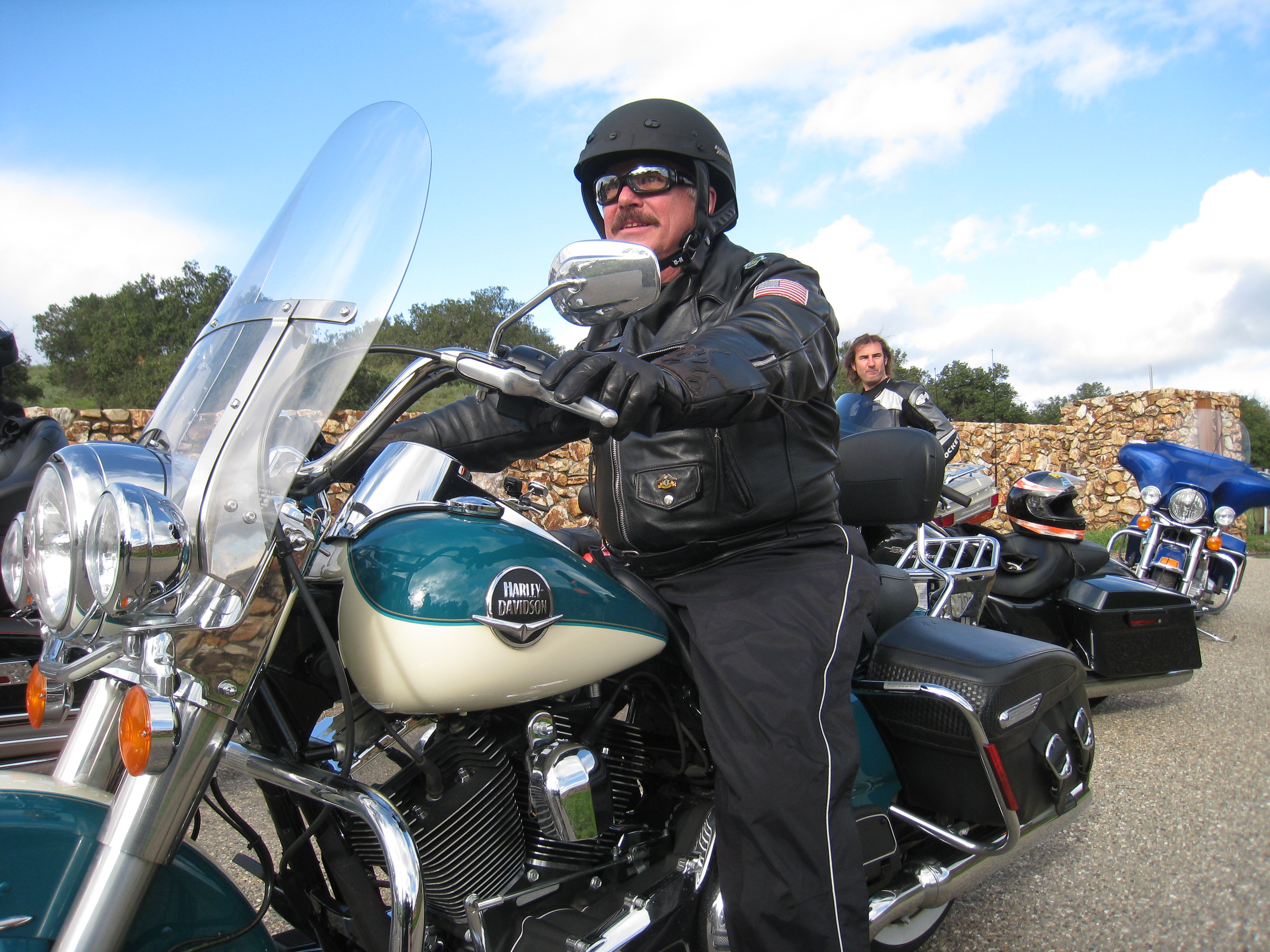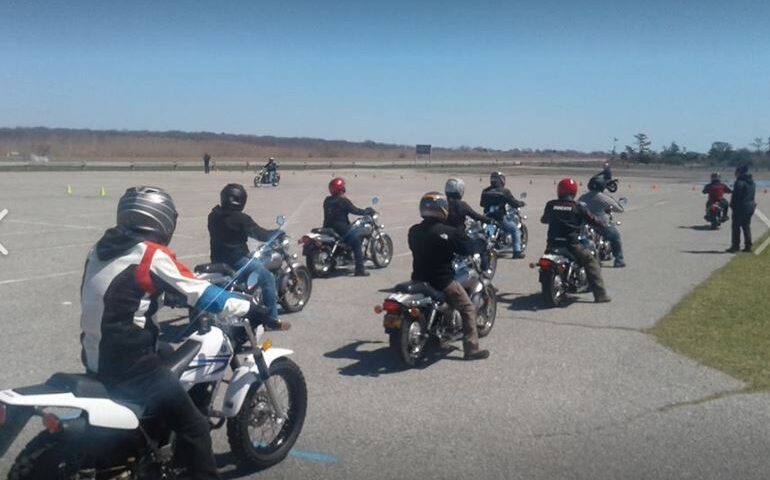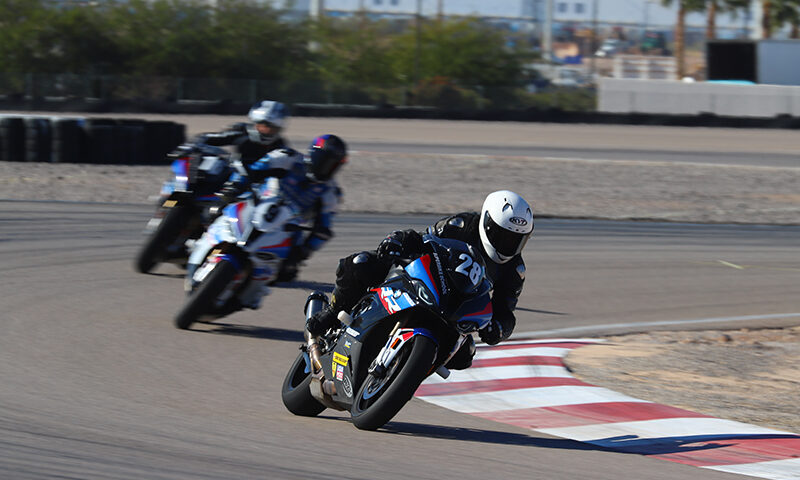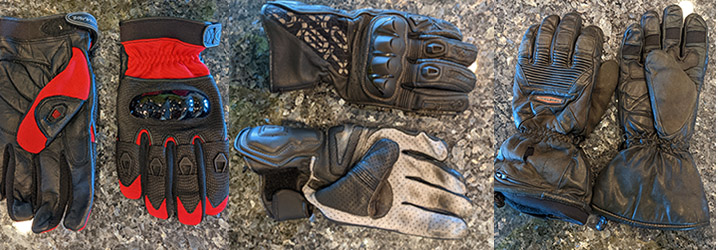Using the clutch when riding
by George Tranos
New riders sometimes don’t understand when the use of the clutch is required and when it’s not. Let’s try and clear that up here and realize when and where it is essential.
The proper use of the clutch is important to get the motorcycle moving. Beginners have to learn the friction zone – the area of travel where the clutch begins to engage just prior to when it is fully engaged. When the clutch is squeezed all the way in to the handlebar, engine power is removed from the rear wheel. When starting out in first gear, we ease the clutch into the friction zone as we add throttle. This can take a couple of seconds to occur. We normally coach riders to power-walk the first few steps as the clutch starts to engage. This allows the motorcycle to begin moving prior to the rider putting their feet on the footpegs.
Once the motorcycle is moving and the person gets their feet up, the clutch should be fully released so that full engine power is delivered to the rear wheel. Once this occurs, control of the motorcycle moves to the throttle. Problems occur when the rider is riding and squeezing in the clutch and releasing it over-and-over again! This causes jerking, bucking and sometimes stalling. Even with a steady throttle, continually squeezing and releasing the clutch will cause abruptness and instability. It should be avoided in normal, straight-line riding.
Shifting gears also normally requires use of the clutch; although it can be accomplished by some without using it. In general, you want to roll off the throttle and squeeze in the clutch prior to up-or-down shifting. After upshifting, you should release the clutch and roll on the throttle. The sequence and timing of the steps is what makes for smooth and precise shifting.
Downshifting also requires use of the clutch. You would roll off the throttle, squeeze in the clutch and then downshift. Depending on the situation, you might hold the clutch in after the downshift (if coming to a stop) or release it slowly to provide engine braking (which is similar to using the motorcycle’s brakes but the engine would slow you down).
The above situations are fairly straight forward and most people understand them. Where it becomes cloudy is in low speed maneuvers and high speed turns. Let’s try to clear those up here now.
Many motorcycles cannot go slow enough in first gear to make slow speed maneuvers without the clutch. Other bikes may be lower geared and can go slower but it is still beneficial to use the clutch when trying to go slow. Here’s why: the throttle can be very sensitive at small throttle openings and it’s hard to be smooth. Using the clutch and throttle together smooths out the power delivery and makes it easier to reduce abruptness and maneuver. Any low speed movements should be done utilizing the clutch in the friction zone for this reason. Remember, squeezing the clutch removes engine power so a corresponding increase in throttle is necessary to maintain the same speed.
As an aside, the rear brake should be utilized in conjunction with the clutch to adjust speed as necessary. The use of the front brake should be avoided during low speed maneuvers!
For higher speed turns, squeezing the clutch is unnecessary and sometimes counter-productive as it will remove engine power during the turn. Proper drive out of the corner is required to stabilize the motorcycle and provides the fun part of cornering! The only clutch use should be during the slowing process if downshifting is necessary to achieve the proper entry speed. Once that speed is reached (normally by use of the brakes), clutch use is unnecessary.
Understanding where and when to use the clutch is pivotal when riding. Even experienced riders sometimes get it wrong. The clutch lever is one of the most important controls on your motorcycle and knowing how to use it can help make you a more proficient rider!





